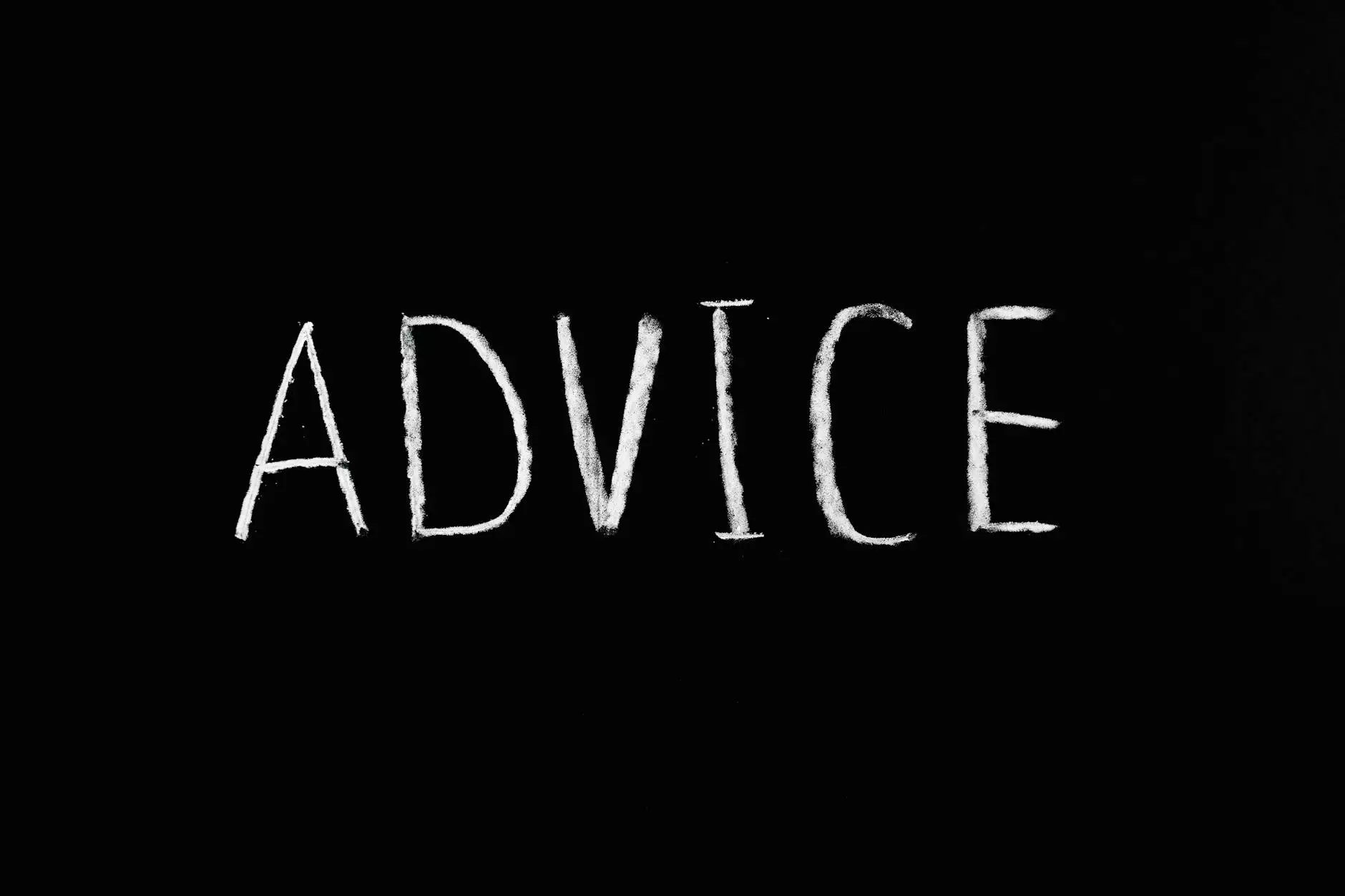Learn English Grammar - Using WAIT
English Grammar Lessons
The Importance of Understanding 'Wait' in English Grammar
At NJCLT, we are dedicated to helping you improve your English language skills, and today, we will focus on using the word 'wait' correctly. Understanding the proper usage and context of 'wait' is vital to effectively communicate in English.
Definition of 'Wait'
Before we delve into the nuances of 'wait' in English, let's clarify its definition. 'Wait' is commonly defined as to remain in a specific place or stay in anticipation of something. It can also imply delaying an action or expecting someone or something.
Using 'Wait' in Different Contexts
Let's explore various scenarios where 'wait' is frequently used:
1. Wait as a Verb
As a verb, 'wait' can be employed to denote the act of staying in place for a particular purpose or duration. For example:
- "Please wait for me at the entrance."
- "I have been waiting for over an hour for the bus to arrive."
- "We need to wait patiently for further instructions."
2. Wait as a Noun
Interestingly, 'wait' can also serve as a noun, representing the time or period of waiting. For instance:
- "The long wait at the doctor's office was finally over."
- "After a brief wait, their table at the restaurant became available."
- "The wait for exam results was nerve-wracking."
3. Collocations with 'Wait'
'Wait' is frequently used in various collocations that give it different shades of meaning. Some common collocations include:
- "Wait in line" or "wait your turn" - implying waiting for your chance or position in a queue.
- "Wait and see" - indicating a patient approach to observe or discover an outcome.
- "Wait for" - expressing anticipation or expectation of something.
Tips for Using 'Wait' Correctly
Here are a few tips to help you use 'wait' effectively in your conversations and written communication:
1. Understand the Context
Before using 'wait,' carefully consider the context and ensure it aligns with the intended message. This will help you communicate more accurately.
2. Master Verb Tenses
Pay attention to the verb tenses when using 'wait.' Ensure consistency and clarity by correctly matching the verb tense with the appropriate time context.
3. Expand Your Vocabulary
Enhance your English language skills by learning synonyms and related words to 'wait.' This can help you express yourself more precisely and diversify your language usage.
4. Practice Through Dialogue
Engage in conversations or role plays that involve utilizing 'wait' to reinforce your understanding and usage of the word in different scenarios.
Conclusion
In conclusion, mastering the usage of 'wait' is essential for effective English communication. NJCLT provides comprehensive English grammar lessons and resources to improve your language skills. By understanding the various contexts in which 'wait' is used and implementing the provided tips, you will enhance your proficiency in English grammar and verbal expressions.
Visit NJCLT regularly for more engaging lessons and resources to further elevate your English language skills.










